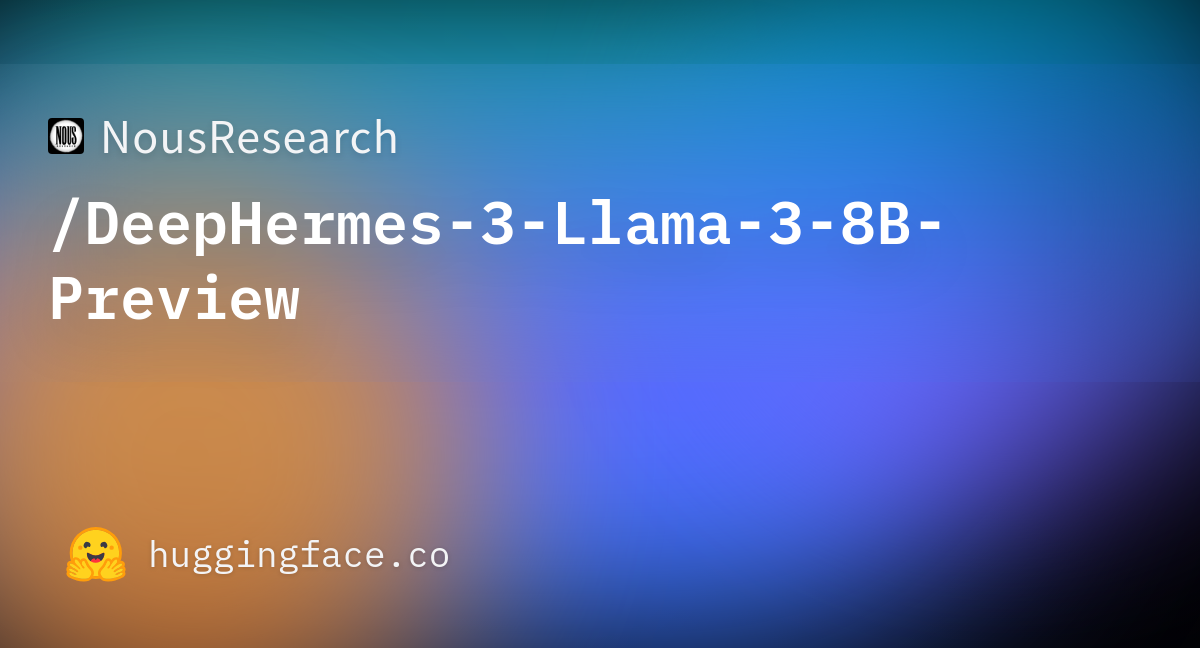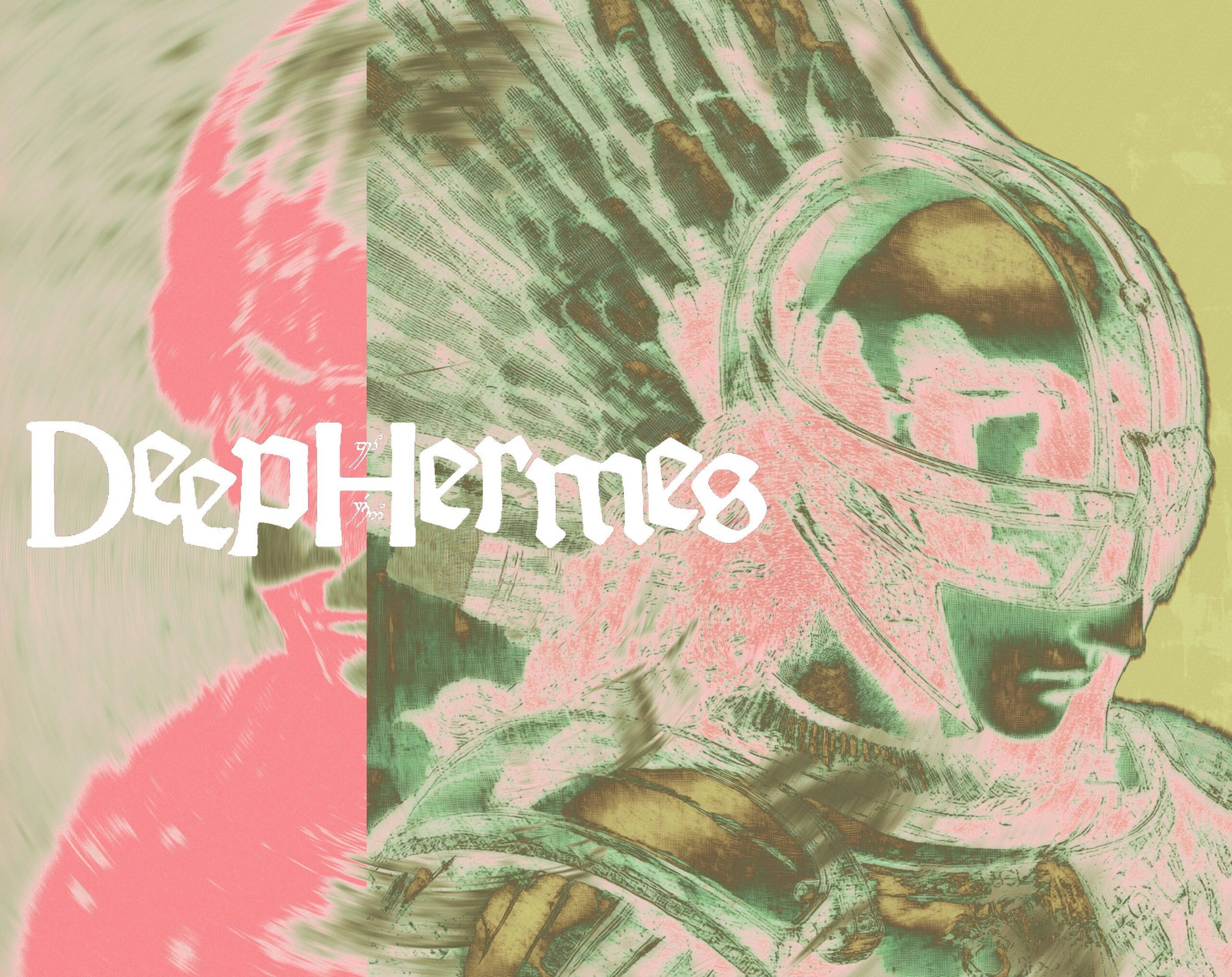
Table of Contents
Overview
In the ever-evolving landscape of AI, finding the right tool for the job can be a daunting task. Enter DeepHermes 3, a powerful Large Language Model (LLM) developed by Nous Research. Built upon the robust foundation of Meta’s Llama 3.1 8B architecture, DeepHermes 3 offers a unique feature: a toggleable deep reasoning mode. This allows it to excel in complex problem-solving while maintaining the speed and intuitive responses needed for everyday queries. Let’s dive into what makes DeepHermes 3 a compelling option for developers, researchers, and anyone exploring the potential of AI.
Key Features
DeepHermes 3 boasts a range of features designed to empower users with advanced AI capabilities. Here’s a breakdown:
- Llama 3.1 8B foundation: Leverages the proven architecture of Meta’s Llama 3.1 8B, providing a solid base for performance and reliability.
- Toggleable reasoning mode: Allows users to switch between fast, general responses and enhanced chain-of-thought reasoning for complex tasks.
- Enhanced chain-of-thought: Improves output quality for multi-step logic problems by enabling the model to break down complex tasks into smaller, manageable steps.
- Open source via Hugging Face: Offers transparency and flexibility, allowing users to access, modify, and contribute to the model’s development.
- Fast general performance: Delivers quick and efficient responses for a wide range of general queries.
- Versatile for multiple tasks: Adaptable to various applications, from coding assistance to creative writing.
How It Works
DeepHermes 3 builds upon the Llama 3.1 8B architecture and is further enhanced with fine-tuning specifically for deep reasoning. The key to its functionality lies in its toggleable reasoning mode. When enabled, this mode significantly improves the model’s ability to handle multi-step logic tasks, resulting in higher quality outputs. Deployment is made easy through Hugging Face, offering options for both API integration and local use, catering to diverse user needs and technical setups.
Use Cases
DeepHermes 3’s unique capabilities make it a valuable tool for a variety of applications. Here are a few key use cases:
- Developers needing open-source reasoning models: Provides a transparent and customizable solution for developers seeking to integrate advanced reasoning capabilities into their applications.
- Researchers in logic-based AI applications: Offers a platform for exploring and experimenting with logic-based AI, enabling advancements in the field.
- Teams prototyping smart assistants: Empowers teams to develop intelligent assistants with enhanced problem-solving abilities.
- Education tools for math and logic: Can be used to create interactive and engaging educational tools for teaching math and logic concepts.
Pros & Cons
Like any tool, DeepHermes 3 has its strengths and weaknesses. Let’s take a look at the advantages and disadvantages:
Advantages
- Open source and transparent, fostering community collaboration and trust.
- Chain-of-thought reasoning enhances performance on complex tasks.
- Efficient performance balances speed and accuracy.
Disadvantages
- Requires compute setup, potentially posing a barrier for users with limited resources.
- May not outperform larger closed-source models in all scenarios.
- Reasoning toggle lacks UI, requiring programmatic control.
How Does It Compare?
When considering DeepHermes 3, it’s important to understand how it stacks up against its competitors.
- Mistral 7B: Smaller and faster, but lacks the same depth of reasoning capabilities.
- OpenChat: Optimized for chat applications, but exhibits weaker performance in math and logic tasks.
- Claude 3: A closed-source alternative with a stronger context length, but lacks the transparency and customizability of DeepHermes 3.
Final Thoughts
DeepHermes 3 presents a compelling option for those seeking a powerful, open-source LLM with enhanced reasoning capabilities. Its toggleable reasoning mode, built upon the Llama 3.1 8B architecture, offers a unique balance of speed and accuracy. While it may require some technical setup and may not surpass the performance of larger, closed-source models in every situation, its transparency, customizability, and specialized reasoning abilities make it a valuable tool for developers, researchers, and educators alike.

